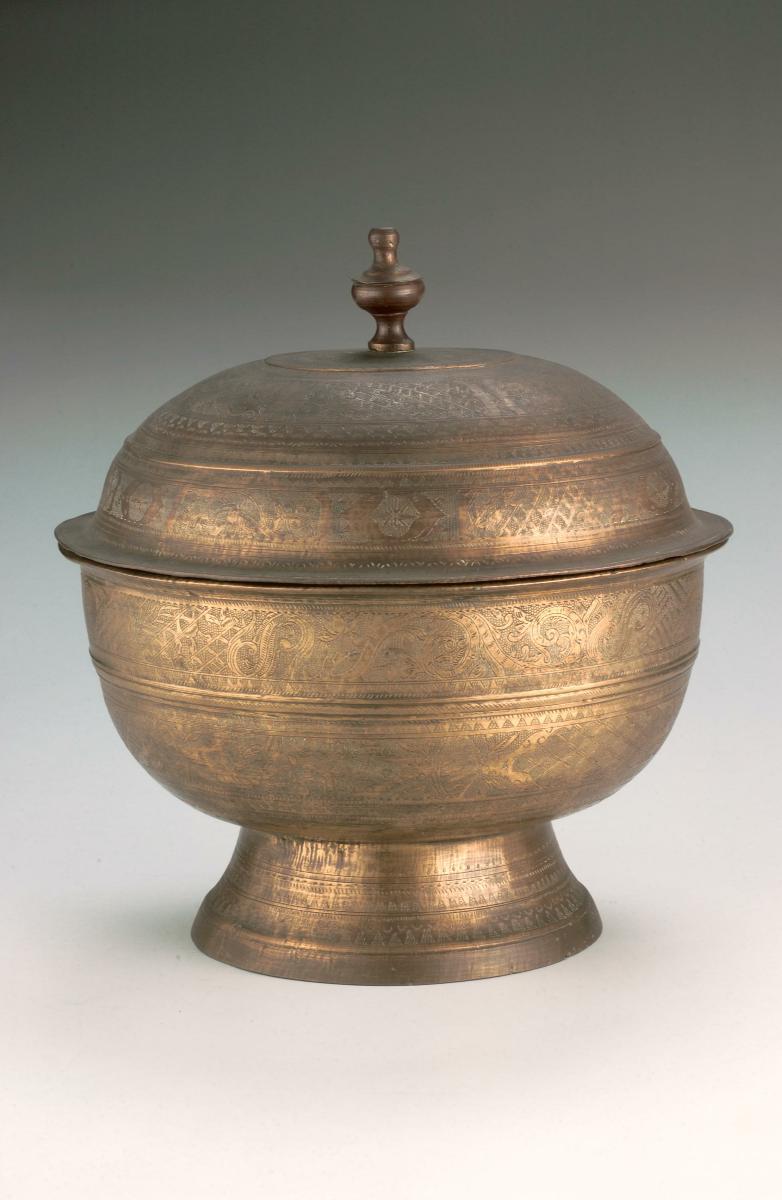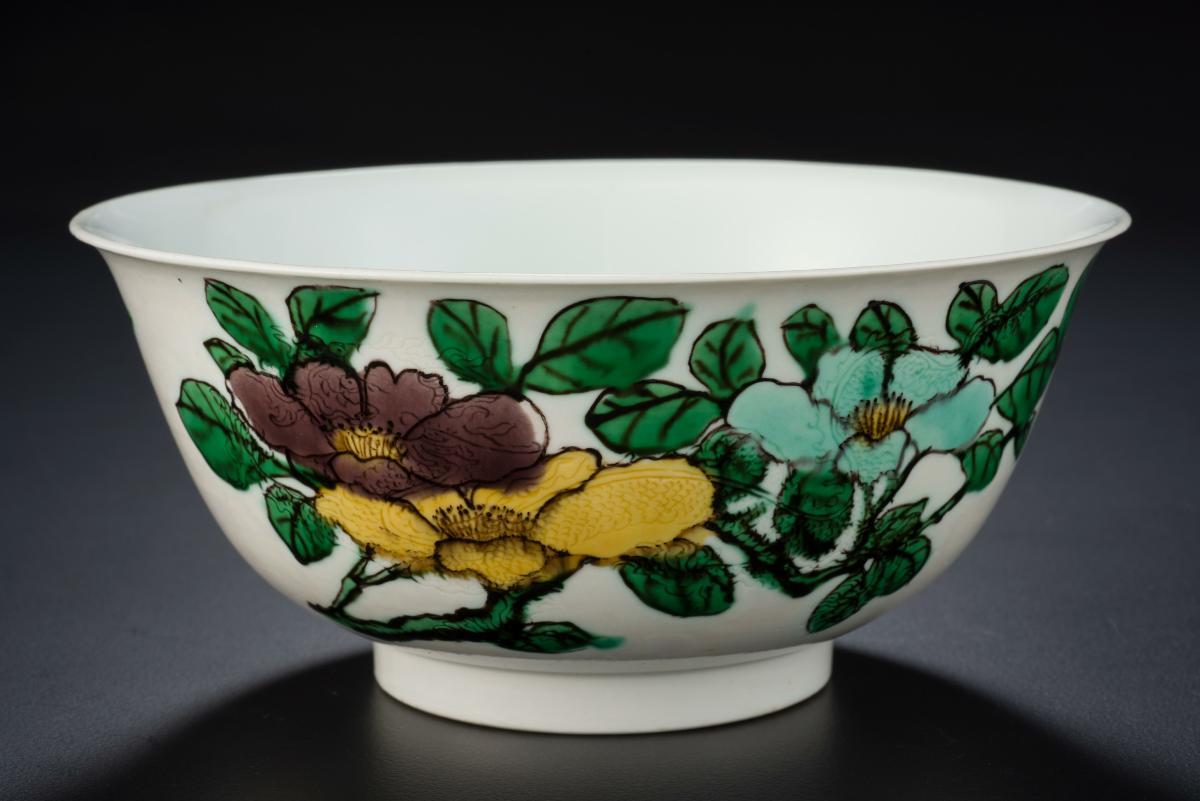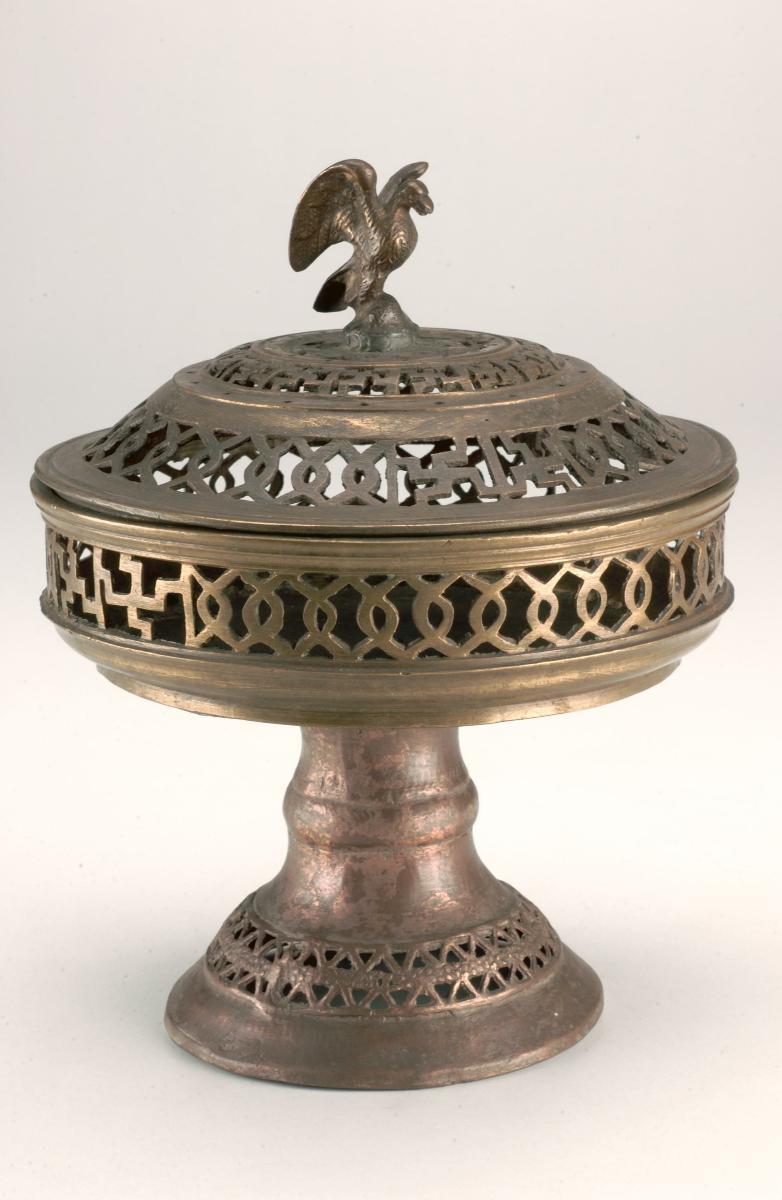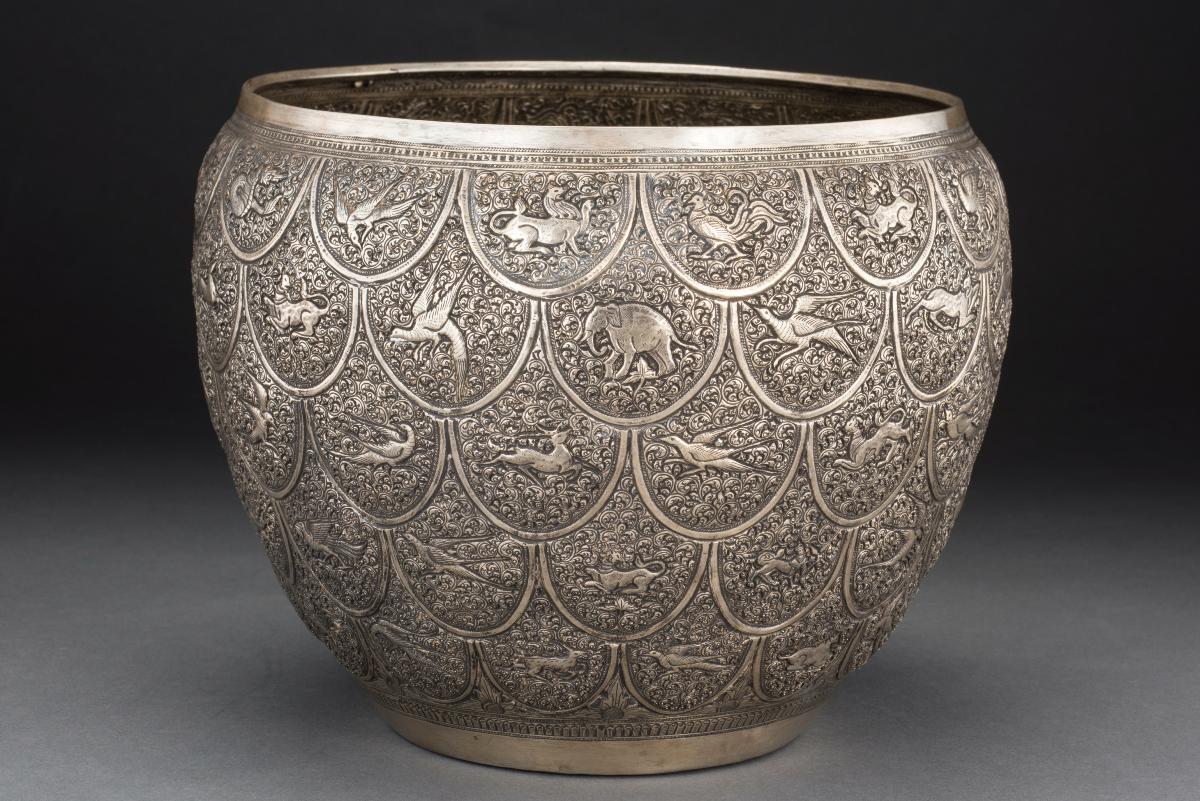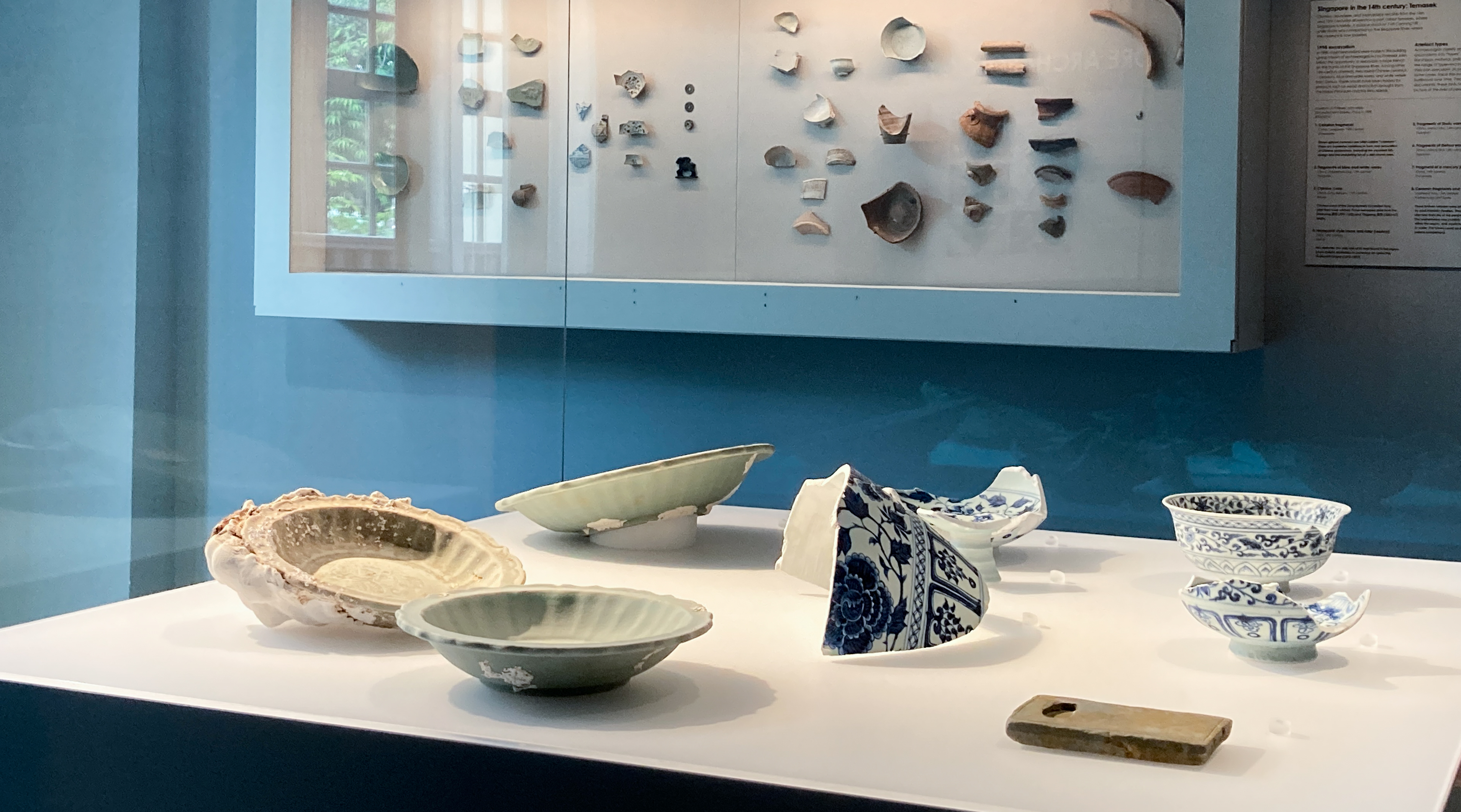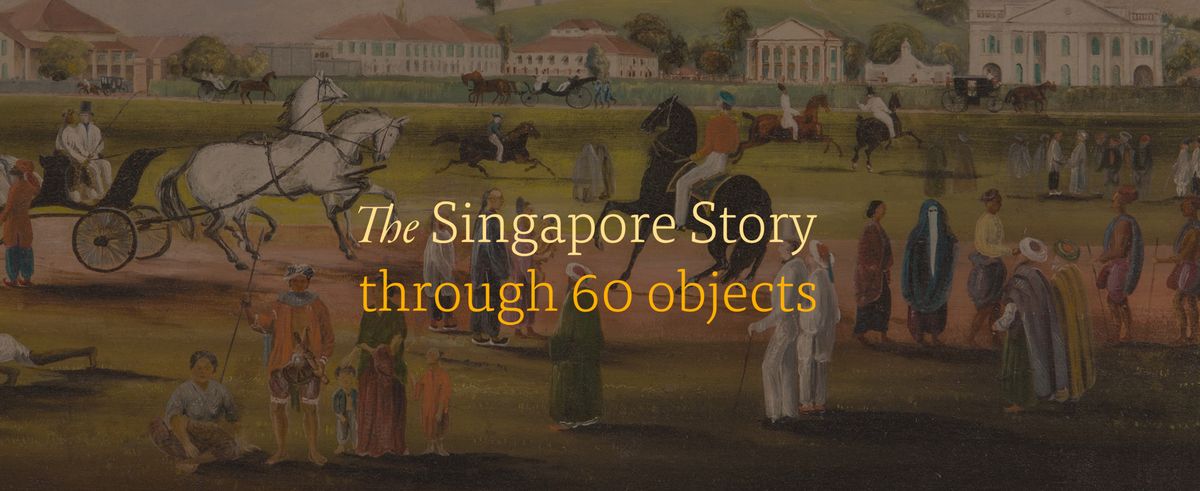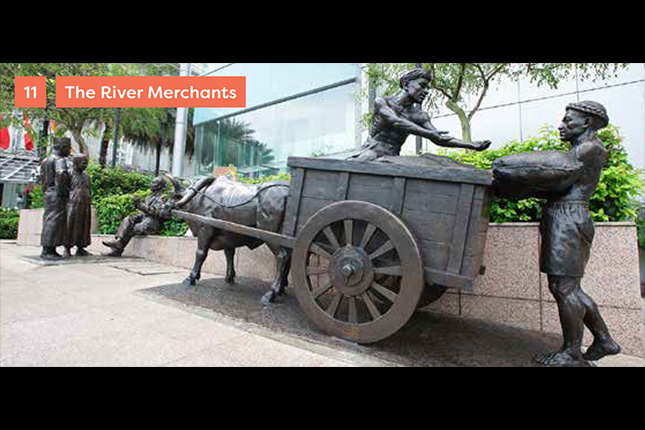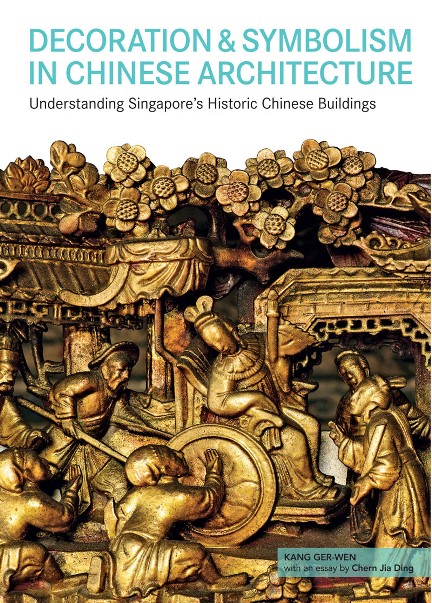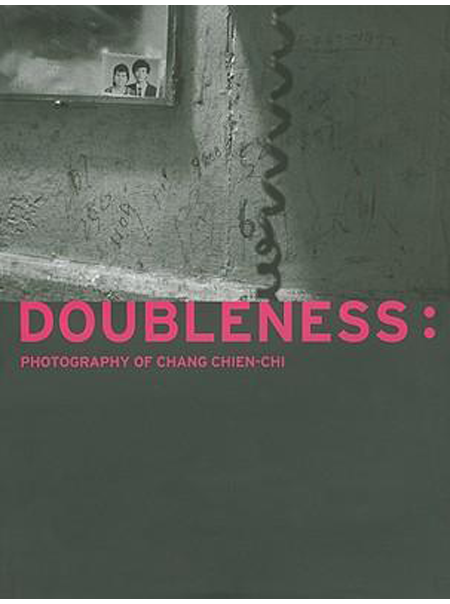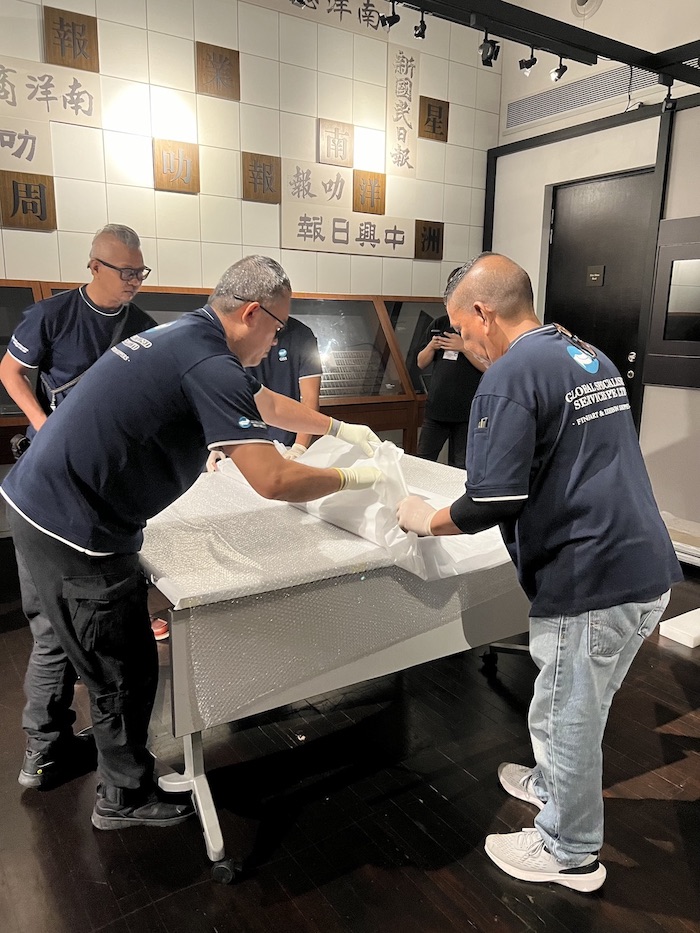Object size: 16.8 x 36.2 x 36.8 cm
This bowl is an example of a Persian artisan’s interpretation of the Chinese blue and white porcelain, that were widely exported to the Islamic world and Europe. Chinese blue and white porcelains found great favour in Persia during the Safavid period (1502-1736), and numerous models were imitated and locally produced. This large bowl is painted in blue and black on a white ground and a decorative border of elongated ruyi motifs encircles the foot rim. Ducks and other birds in flight, rock formations and scudding clouds forms successive compositions round the bowl. In the centre, the Persian artisan combined a lake scene with rock formations, trees and pavilions. The base bears the Persian artisan’s marks, which imitate Chinese reign marks and does not convey meaning.





